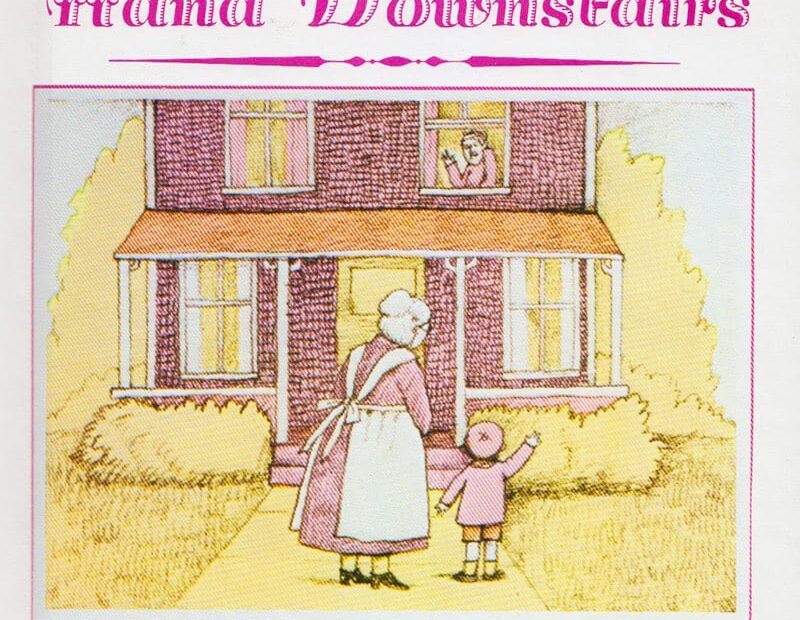Nana Upstairs & Nana Downstairs by Tomie dePaola
Published: Puffin Books, 1973
Buy on Amazon
Goodreads
Have you had a talk with your kids about death? This book is here to help. Four-year-old Tommy visits his grandmother and great-grandmother every Sunday afternoon. His great-grandmother, Nana Upstairs, is so frail she stays in bed and has to be tied to a chair to sit upright. They bond over stories and mints in a sewing box until the day Tommy finds Nana Upstairs bed is empty.
“What’s ‘died’?” Tommy asked.
“Died means that Nana Upstairs won’t be here anymore,” Mother answered.
Written and drawn by one of my favorite illustrator’s, Tomie dePaola (the artist behind the children’s classic, Strega Nona), the choice of Tommy’s name and some of the details are reminders that the story is autobiographical. The description of trips for ice cream with an uncle, watching the grandmothers comb their hair and precisely what was on the dresser are too disjointed to come entirely from his imagination. When Tommy asks to be tied to a chair next to his great-grandmother, the imagery is particularly odd.

Tommy’s parents explain what happened in a very matter-of-fact way that doesn’t have a religious context. Tommy connects her death instead to falling stars and considers them a message sent to ease his loss. Grieving is easier for Tommy to accept the second time when he’s an adult and loses Nana Downstairs.
This book showed up on my bedroom shelf years before I started losing my own elderly relatives. It always made me cry. As a child, I displaced my feelings about the subject matter and thought I hated the book; as an adult, I think it’s a masterful attempt to approach a painful subject with children who might be going through the same experience.
My copy is the original 1973 release, but Puffin Books released a new version in 2000 by dePaola in full-color. The art is some of the illustrator’s best either way, but I believe the sepia tones in the early edition fit best with the tone of the story. Recommended for anyone who needs to comfort very young children on a sensitive but universal topic.
